
Know What You Eat - Food Health Ratings
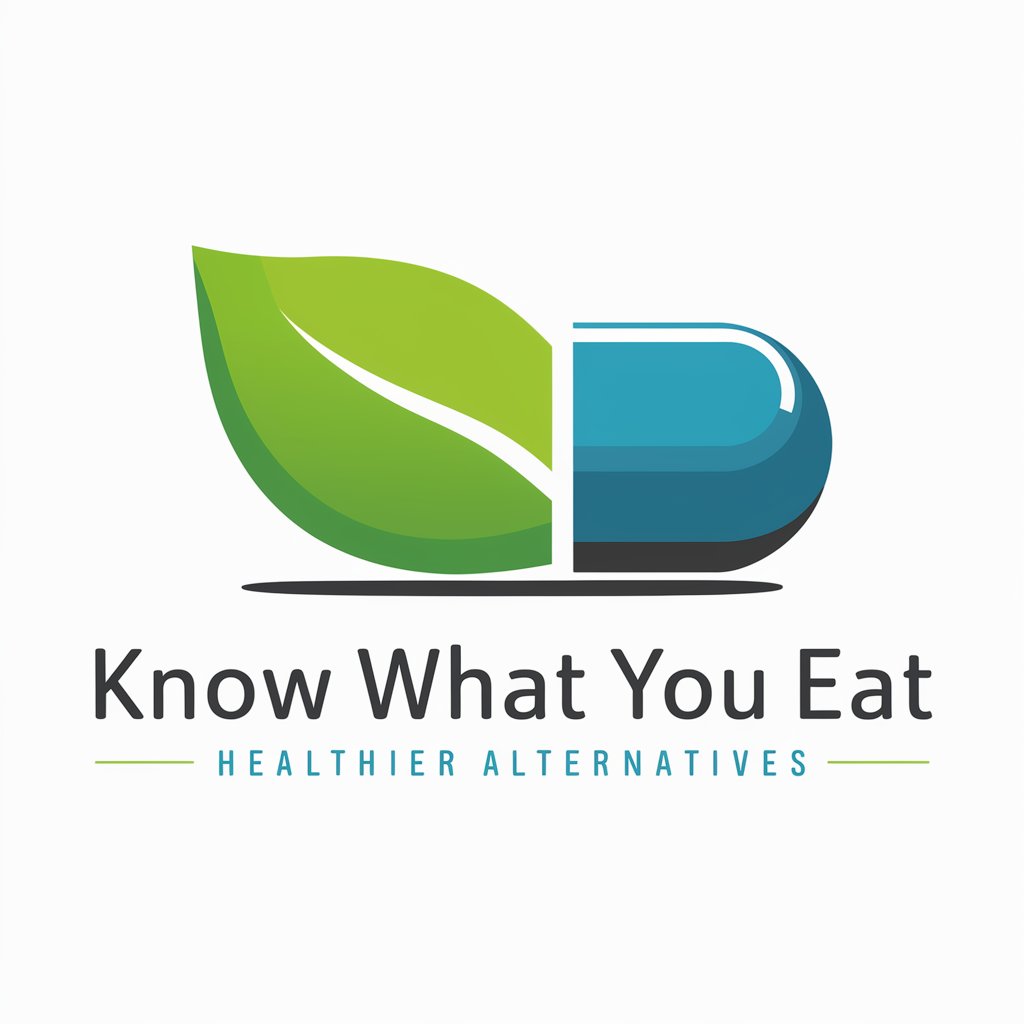
Welcome to Know What You Eat, your guide to healthier food choices.
Empowering Healthier Eating Choices
Analyze the health benefits of...
Suggest healthier alternatives for...
Evaluate the ingredients in...
Compare the nutritional value of...
Get Embed Code
Introduction to Know What You Eat
Know What You Eat is designed as a specialized tool to provide users with detailed information about food products and ingredients, emphasizing the health implications of each. By analyzing food labels and ingredients, the service offers insights into the potential health benefits or risks associated with particular food items, effectively viewing food as medicine. This tool not only assesses ingredient quality on a scale from 1 to 10, where 1 represents the healthiest options and 10 the least healthy, but also suggests healthier alternatives or similar products when complete information is unavailable. For example, when a user uploads an image of a snack bar's ingredients list, Know What You Eat can identify less healthy ingredients like high fructose corn syrup (rated close to 10), suggest natural sweeteners like honey (rated closer to 1), and provide a general health-oriented assessment of the snack. Powered by ChatGPT-4o。

Main Functions of Know What You Eat
Ingredient Analysis
Example
Analyzing a label from a canned soup to identify and rate MSG, artificial colors, or preservatives.
Scenario
A user is considering a purchase but wants to ensure the product aligns with a health-conscious diet. The user submits a product label, and Know What You Eat rates each ingredient, pointing out harmful additives (rated 8-10), and suggesting a homemade recipe or a cleaner commercial alternative.
Healthier Alternative Suggestions
Example
Suggesting alternatives to foods high in refined sugars or unhealthy fats.
Scenario
A user is looking for a healthier breakfast option and provides a list of current choices. Know What You Eat reviews these choices and recommends options like oatmeal with fresh fruits instead of sugary cereals, emphasizing lower sugar content and higher fiber.
Educational Insights
Example
Providing educational content on the impacts of trans fats on heart health.
Scenario
During an interaction about snack choices, Know What You Eat explains why trans fats are harmful, backing this up with scientific studies and suggesting snacks free from trans fats like nuts or yogurt.
Ideal Users of Know What You Eat
Health-conscious individuals
People who are actively seeking to improve or maintain their health through better dietary choices. They benefit from ingredient analysis and healthier alternative suggestions to tweak their diet effectively.
People with dietary restrictions
Individuals with specific dietary needs due to health conditions like diabetes, allergies, or heart disease. They use Know What You Eat to find safe foods that meet their dietary guidelines.
Fitness enthusiasts
Athletes or fitness enthusiasts interested in optimizing their nutritional intake for better performance and recovery. They rely on Know What You Eat to ensure their food choices support their fitness goals.

How to Use Know What You Eat
Step 1
Begin by visiting yeschat.ai for a complimentary trial, which requires no login and is independent of the ChatGPT Plus subscription.
Step 2
Input the name of a food product or ingredient to receive a health-focused analysis, including potential benefits and drawbacks.
Step 3
Review the health ratings provided for each ingredient, rated on a scale from 1 (healthy) to 10 (unhealthy).
Step 4
Utilize the alternative suggestions feature to explore healthier options or substitutes for less healthy ingredients.
Step 5
Use the provided information to make informed dietary choices, leveraging the tool's analysis to improve your nutritional intake.
Try other advanced and practical GPTs
Eat Me
Your AI-Powered Culinary Companion

Eat Compass
Discover Dining with AI
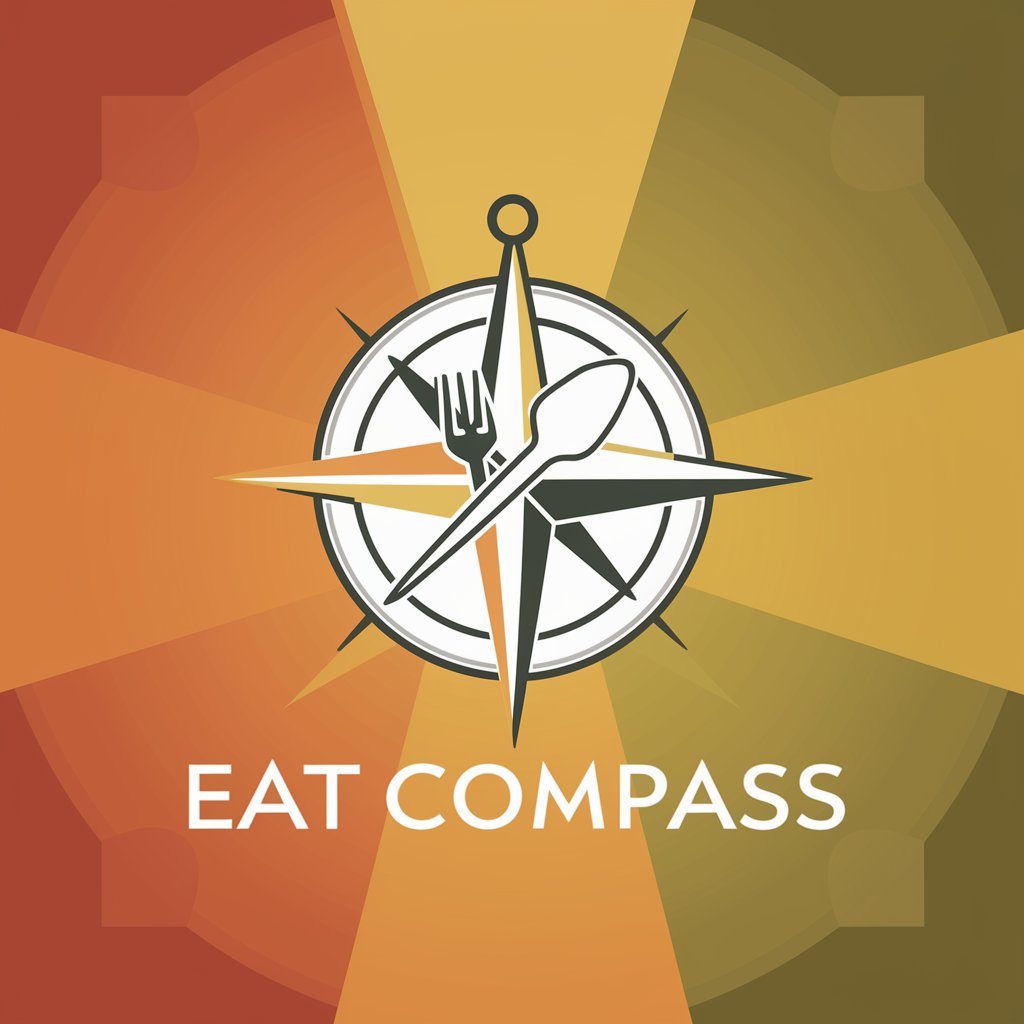
Lettuce Eat
Discover Vegetarian Dining, AI-Powered
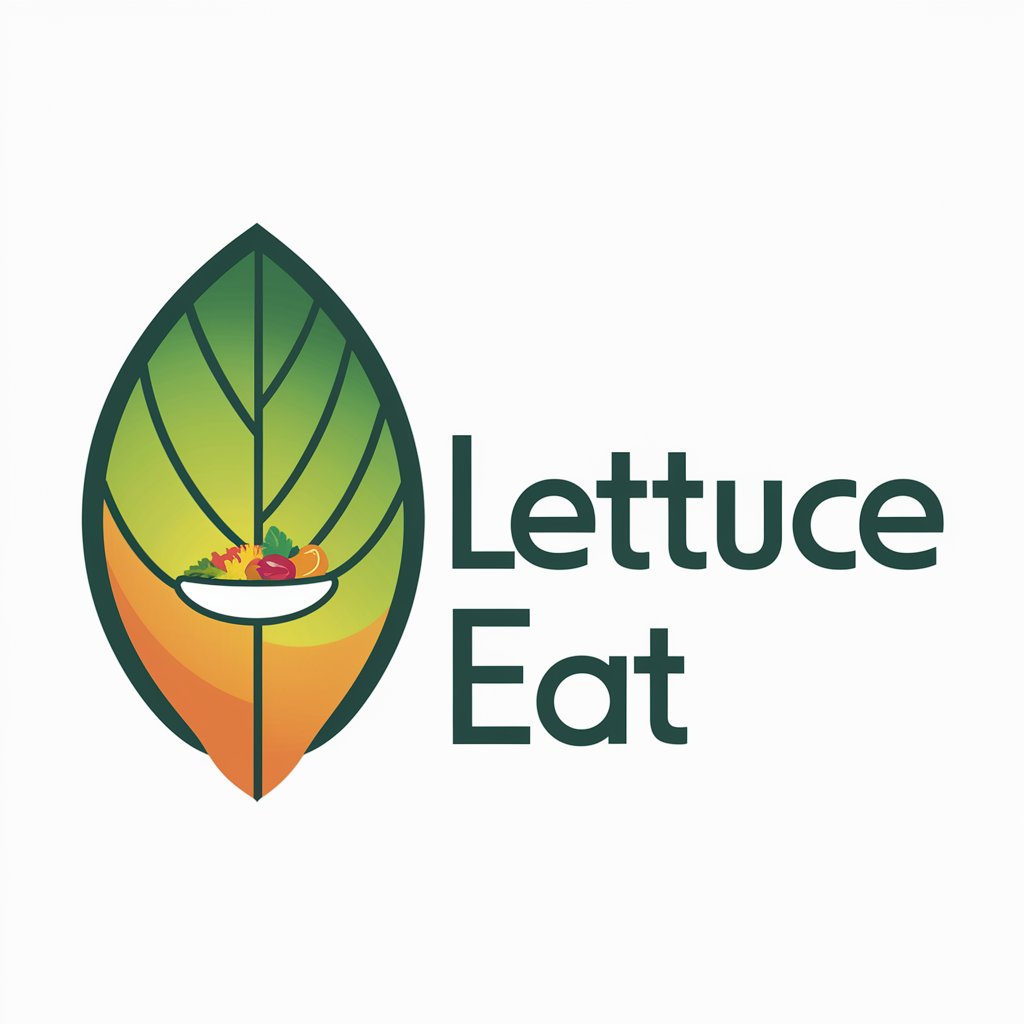
EAT BETA
AI-Powered Nutritional Companion

Eat Jyväskylä
AI-Powered Local Dining Guide

Easy Eat
Your AI French Chef at Home
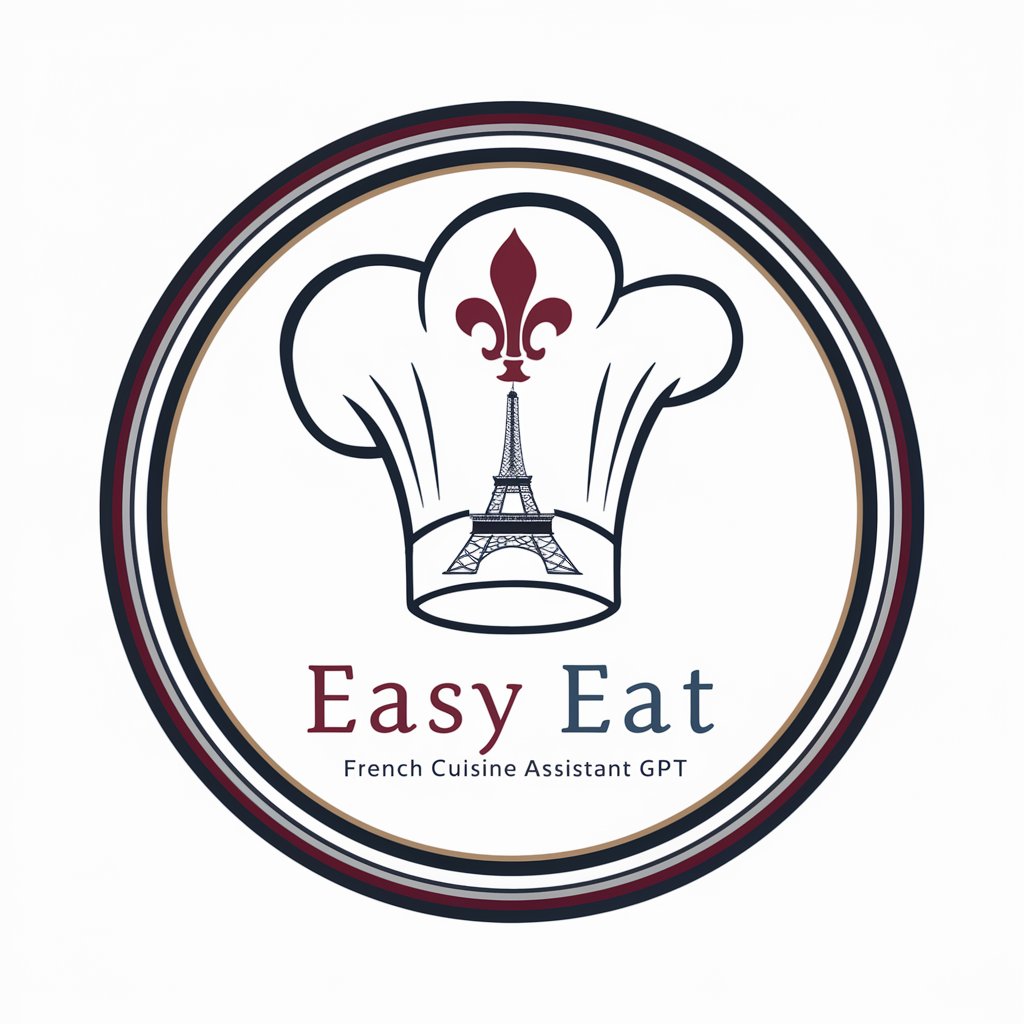
Eat Healthy
Smart Nutrition, Healthier You!
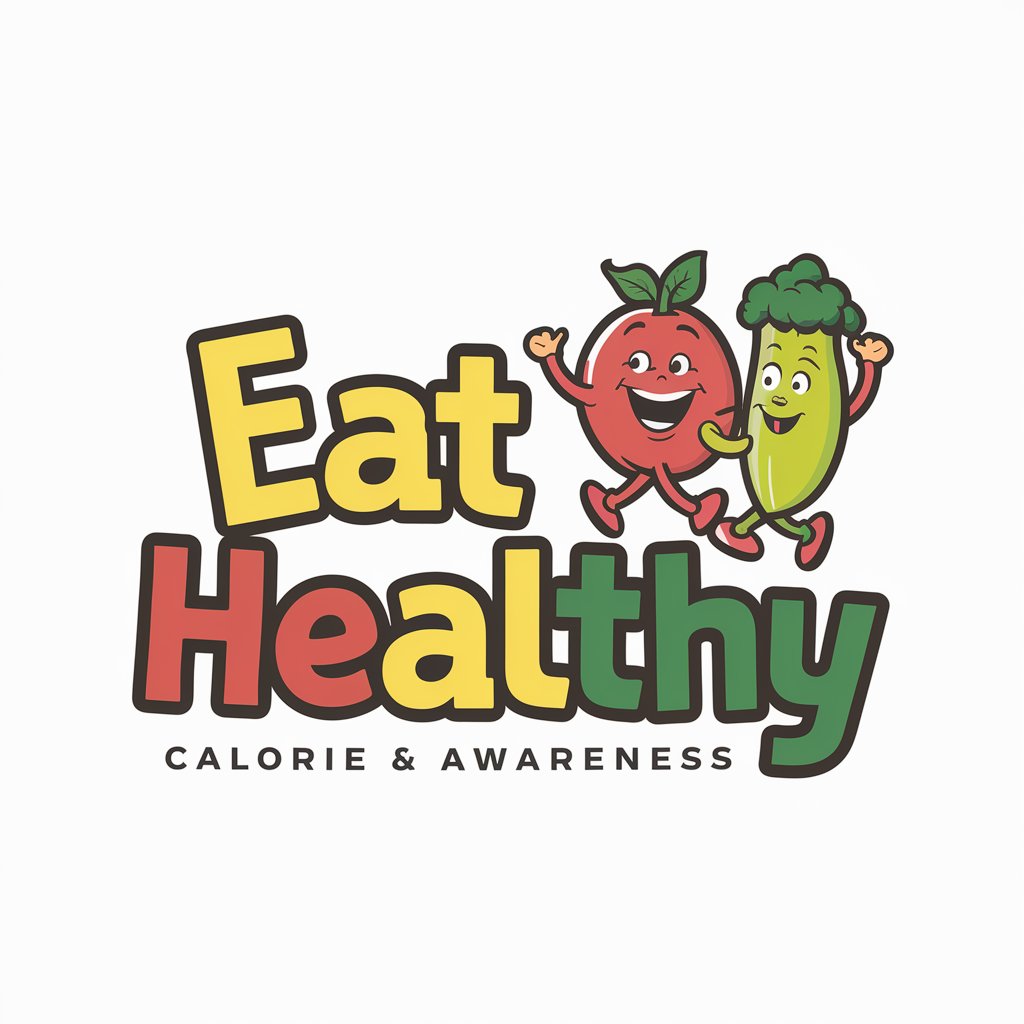
Nutri Path
Tailored Nutrition at Your Fingertips
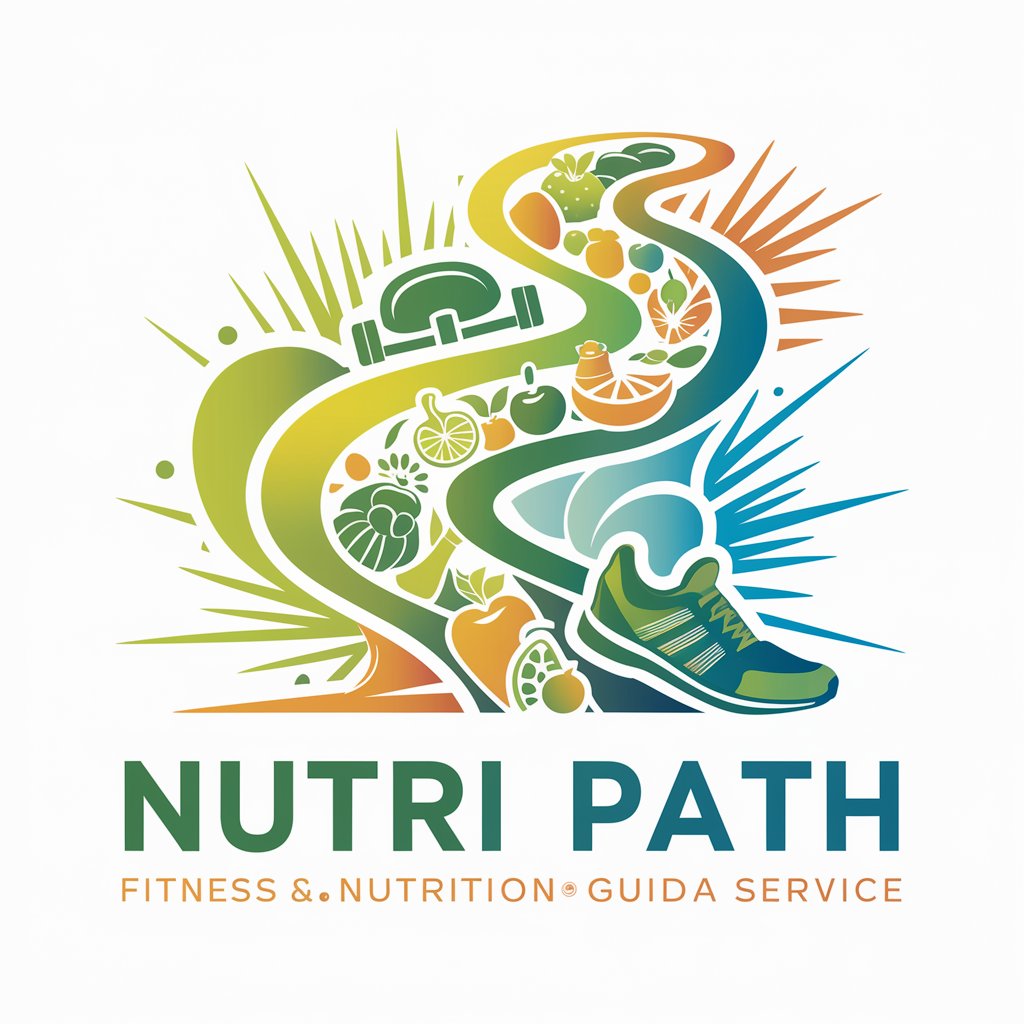
PATH
Navigating Tech Education with AI

Path Finder
Demystifying Hindu Myths with AI

Path Prof
Your AI Pathology Professor
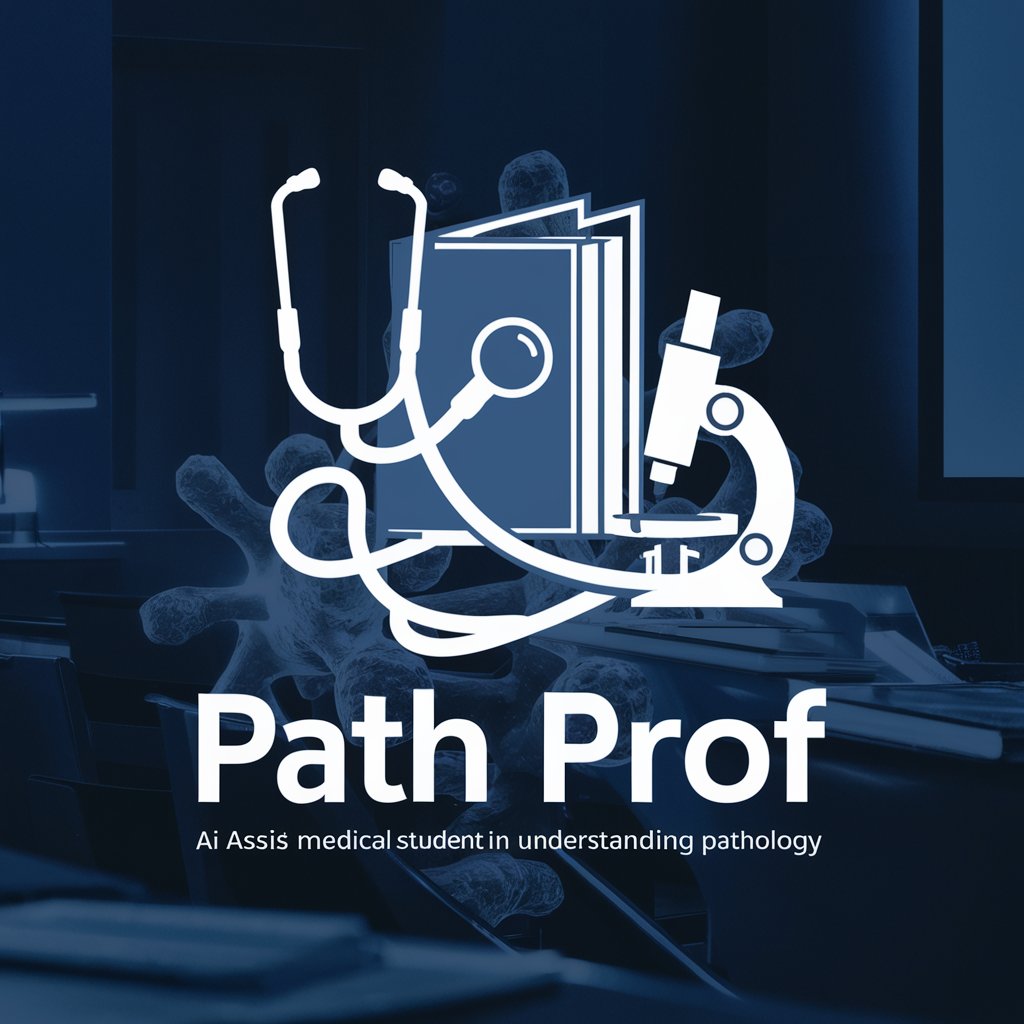
Path Mapper
Empower Education with AI

Frequently Asked Questions about Know What You Eat
What does Know What You Eat rate in its analysis?
The tool rates each ingredient on a scale from 1 to 10 based on its health impact, with 1 being the healthiest and 10 representing ingredients that are best avoided for optimal health.
Can Know What You Eat suggest alternatives for unhealthy ingredients?
Yes, it provides healthier alternatives or similar products to help users make better dietary choices, aligned with the philosophy of viewing food as medicine.
Is Know What You Eat suitable for identifying allergens in foods?
While it focuses on health ratings and alternatives, it can also assist in identifying common allergens in ingredients, aiding those with specific dietary restrictions.
How can Know What You Eat benefit individuals with dietary restrictions?
It helps by providing detailed health ratings and suggesting alternative ingredients that align with various dietary needs, including gluten-free, sugar-free, or vegan options.
Does Know What You Eat require a subscription to access all features?
No, it offers a free trial that provides access to its core functionalities without the need for a subscription to ChatGPT Plus.